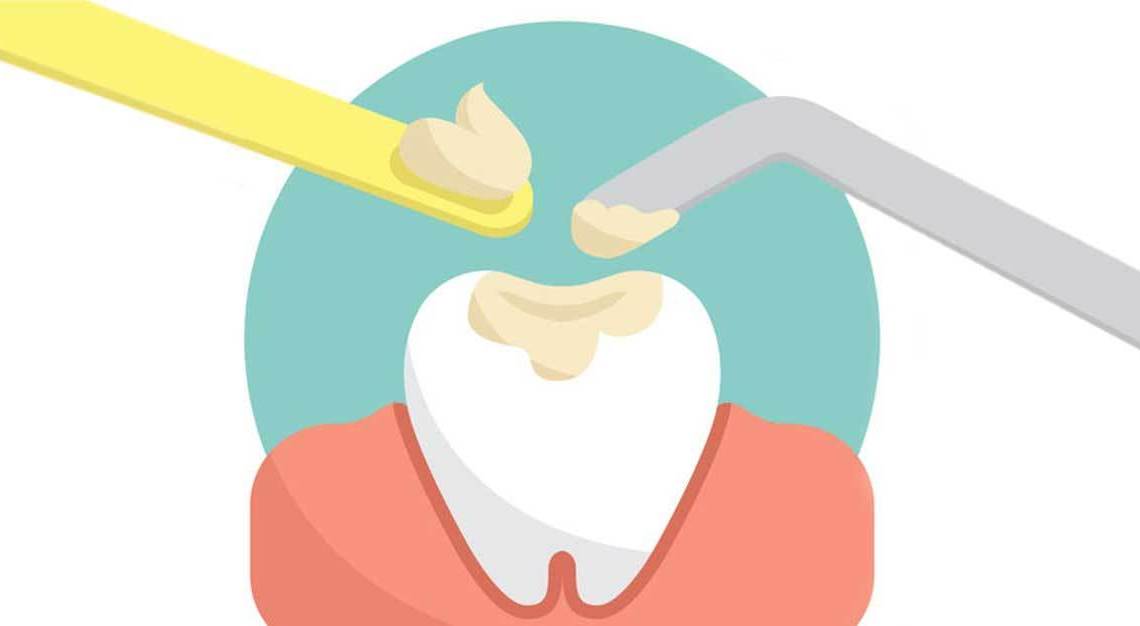Composite resin is dental fillings widely used currently because they have a better aesthetic compared to other fillings. Composite resins bind to the tooth structure through adhesive material, called dentin bonding. Various dentin bonding materials mostly still use the basic ingredient 2-hydroxyethyl methacrylate (HEMA). HEMA is widely used because it has excellent physical-chemical properties, that is stable, both as a basic material for bonding and when mixed with other ingredients. However, HEMA also has a weakness from its toxicity. Besides HEMA, additional composition of dentin bonding is the addition of a solvent in the form of ethanol or water which functions as a monomer conduit to minimize the toxic effects of the monomer, HEMA.
Cytotoxic activity of chemical compounds can be observed from the ability of these chemical compounds to stimulate cell death (apoptosis). Apoptosis is programmed cell death, it is active, and it requires energy and is not accompanied by inflammation. HEMA monomers are toxic to cells because they contain hydroxyl groups (-OH), as a result of monomers that are not fully polymerized to produce residual monomers. The hydroxyl group is a free radical molecule. The hydroxyl group can induce the production of Reactive Oxygen Species (ROS) in fibroblast cells which causes DNA fragmentation and imbalance in cell homeostasis, resulting in inflammation and delays in the cell cycle, which then result in cell death.
Pulp fibroblast cells are the most significant component of dental pulp, periodontal ligament, and gingiva. Based on the research result on the culture of fibroblast cells isolated from human M3 dental pulp had been extracted using a trypsinization method. Cells were divided into four groups, untreated fibroblast cell culture, fibroblast cell culture with the addition of chitosan scaffold, fibroblast cell culture with chitosan scaffold which was given dentin bonding with ethanol solvent, and fibroblast cell culture with chitosan scaffold which was given dentin bonding with water solvent, each polymerized using a light-curing unit. Then placed in fibroblast cell culture, and followed by apoptosis test with immunocytochemical methods using staining Ethidium Bromide Acridine Orange and examined using a 40x magnification fluorescent microscope.
Based on observations using a fluorescent microscope, a picture of the culture of pulp fibroblasts in each treatment group was acquired and it was found that the chitosan scaffold control group showed that the pulp fibroblast cells had apoptosis by 0.9%, the pulp fibroblast cell culture group with HEMA dentin bonding and addition of ethanol-solvent had an apoptosis rate of 67%, and pulp fibroblast cell culture with the addition of water-solvent for dentin bonding HEMA had an apoptosis rate of 44%.
The average value of apoptosis of pulp fibroblast cells with HEMA dentin bonding and ethanol solvent was higher than apoptosis of pulp fibroblast cell apoptosis by the administration of water-solvent dentin bonding HEMA. It happens because the ethanol solvent has physical properties of H-bonding capacity of 19.4 J / cm 3 smaller than the size of H-bonding water solvents, which is equal to 42.3 J / cm 3. It affects the binding of free radicals by H-bonding so that they can bind more free radicals.
Other physical properties possessed by ethanol solvents are surface tension of 22.27 dyn / cm, water solvent of 72.8 dyn / cm. The lower the surface tension of the solvent, the easier it is to penetrate a cell surface layer so that monomers can diffuse into more cells and can induce oxidative stress and cytotoxicity in pulp cells. HEMA can induce apoptosis in vitro after 24 hours. Apoptosis induced by monomers is the response of active cells to levels of ROS (Reactive Oxygen Species) that exceed the ability of cells to maintain cell homeostasis.
Whereas to determine the degree of apoptosis from pulp fibroblast cells after exposure to ethanol and water-solvent HEMA, a pairwise comparison statistical test was used. The results showed that cell culture undergoing apoptosis between ethanol-solvent dentin bonding and water did not differ significantly which meant that there was no difference in apoptosis between pulp fibroblast cells and administration HEMA dentin bonding with ethanol and water as a solution.
Based on the results of the study it was concluded that the function of water and ethanol solvents could reduce the toxicity of HEMA bonding ingredients well so that it can be considered by dentists to choose bonding materials in treating dental fillings with composite resins.
Author: Ira Widjiastuti
Details of this research can be viewed in our work at:
http://www.scielo.br/scielo.php?pid=S0103-64402019000300208&script=sci_arttext
Ira Widjiastuti, Ratih Elisa Nandarani dan Latief Mooduto. Pulp Fibroblast Cell Apoptosis After Application of Hema Dentine Bonding Material with Ethanol and Water Solvent. Brazilian Dental Journal, 30(3):208:212; http://dx.doi.org/10.1590/0103-6440201902524





